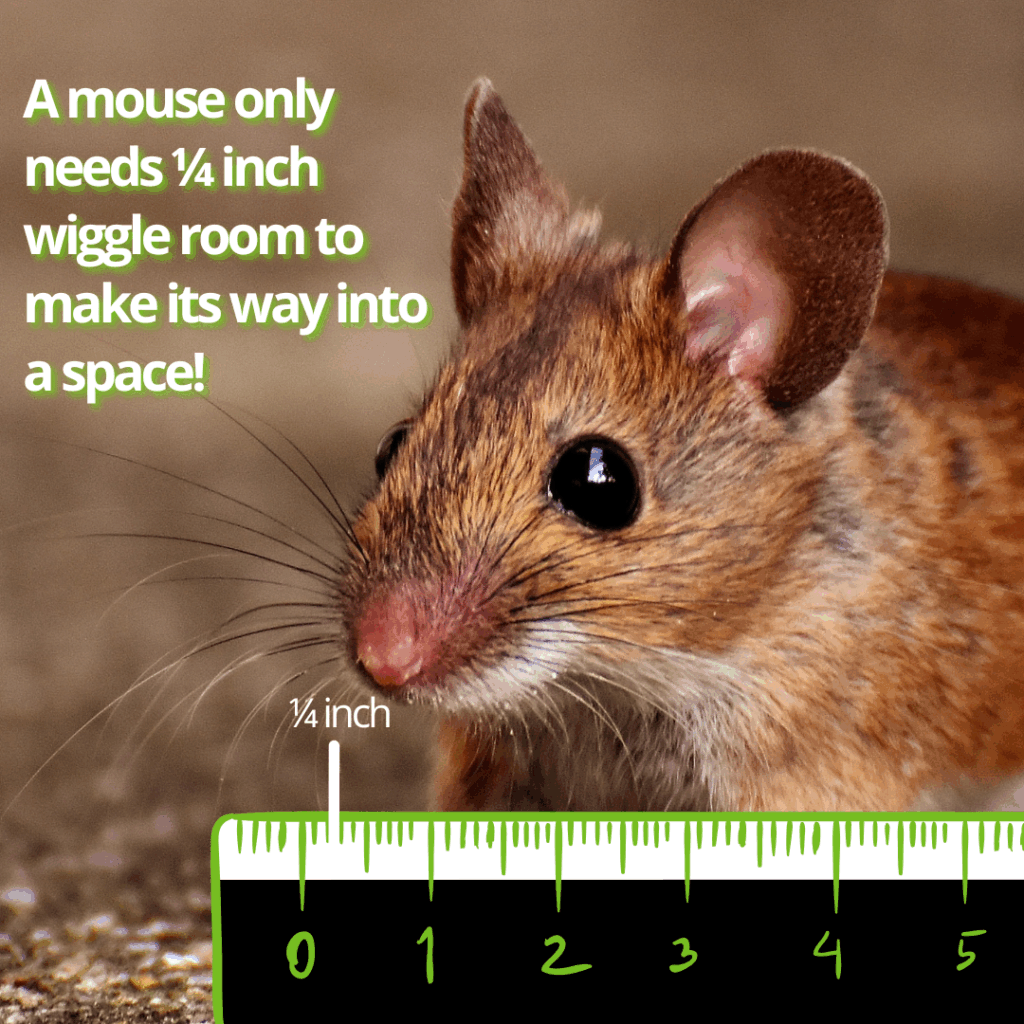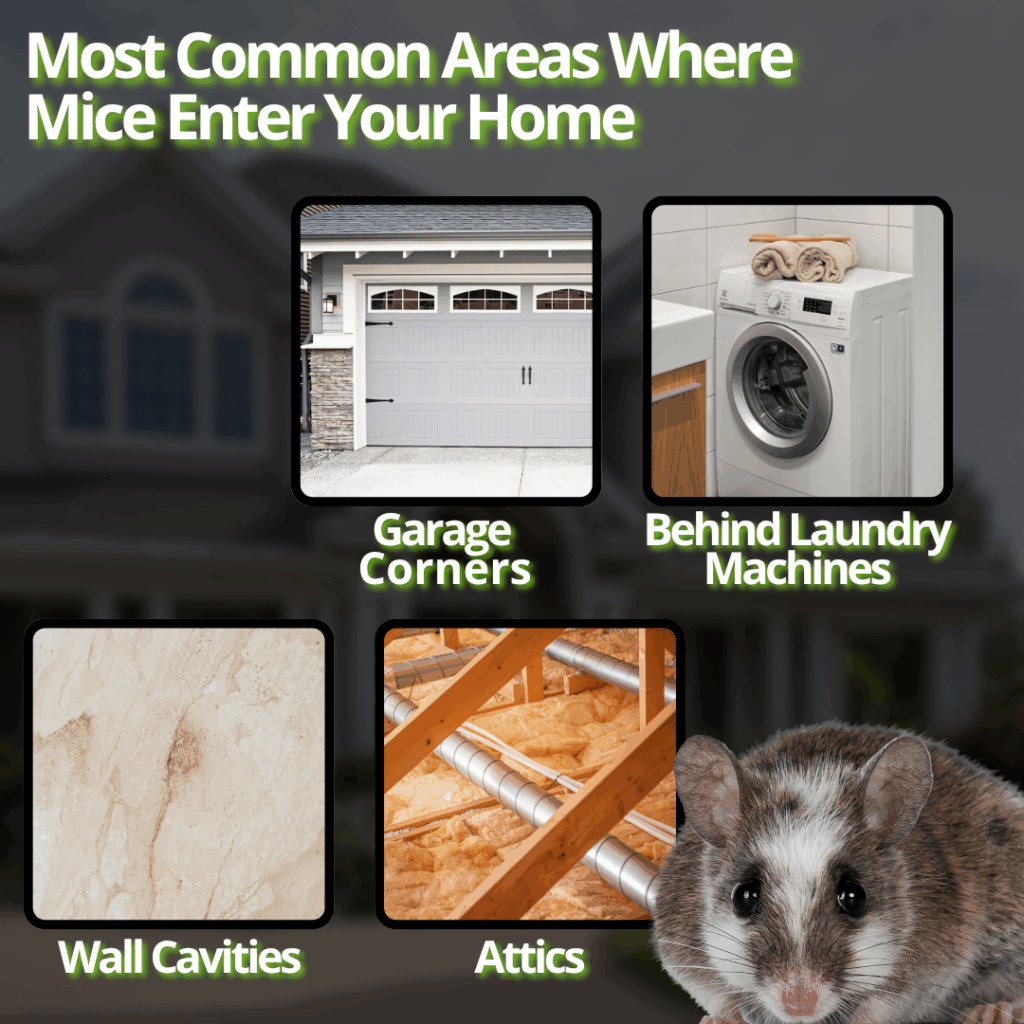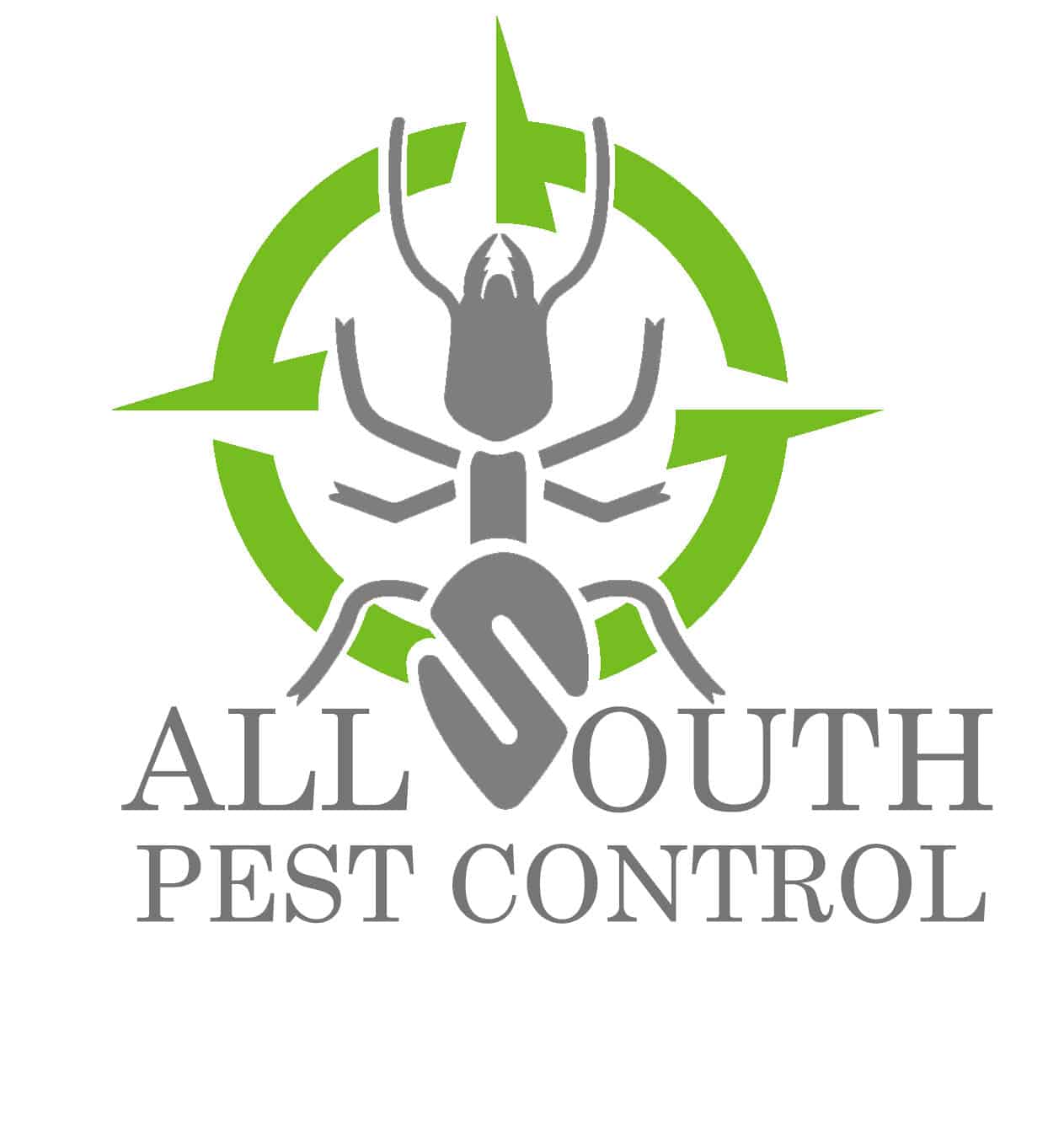
If you hear scratching in your walls at night, you are not alone. Many homeowners in the Atlanta area deal with mice sneaking into wall voids during cooler months or after heavy rain.
The good news is that you can get mice out of walls safely when you understand how they get inside, where they hide, and what actually works to stop them.
This guide explains how to get mice out of walls using expert tips backed by real pest control practices.
You will learn how professionals remove mice, how to keep them from coming back, and what steps you can take to protect your home today.
How to Tell if You Have Mice in Your Walls
The clearest signs you have mice in your walls are scratching sounds, new gaps around baseboards, and droppings near possible entry points.
Mice often stay hidden during the day. They move through wall voids because these areas are warm and quiet. Here is how to confirm activity:
Common signs homeowners notice
- Scratching, tapping, or scurrying noises inside walls, especially at night
- Small gaps around baseboards or corners that were not there before
- Droppings inside cabinets or under sinks
- Chew marks on pantry items or food packaging
- A musty smell near one area of the home
- Pets staring at or pawing a specific spot on the wall
If you notice two or more of these signs, it is likely that mice are using your walls to travel or nest.

Why Mice Enter Walls and What Attracts Them
Mice enter walls because these spaces give them warmth, food access, and protection from predators.
In the Atlanta area, homes face extra pressure because:
Why mice target homes in Metro Atlanta and South Metro?
- Weather shifts push rodents indoors during fall and winter
- Older homes in McDonough and Hampton often have small gaps in siding
- Heavy tree cover in Fayetteville creates easy roof access
- Neighborhoods with open fields or new construction disrupt mouse habitats
- Humid weather encourages rodent activity year-round
Attractants Inside Your Home
Mice do not enter at random. They come inside because your home provides easy access to food, warmth, and safe nesting areas. In the Atlanta and South Metro area, even small habits can create strong attractants.
Common indoor attractants that draw mice
- Unsecured pantry items
Foods like cereal, rice, pasta, and pet treats kept in original packaging are easy for mice to chew through. Even tiny tears in plastic bags allow them to smell the food. - Leftover crumbs and grease
Crumbs under appliances, inside drawers, or under the stove create a buffet mice can return to each night. Grease buildup behind ovens is especially appealing because the smell lasts. - Pet food and water bowls
Leaving dog or cat food out overnight is one of the fastest ways to attract rodents. Many homes in McDonough and Hampton see nighttime mouse activity in kitchens that store open bags of kibble. - Standing water or leaks
Mice need very little water to survive. A dripping pipe under the sink or condensation near HVAC units is enough to keep them comfortable inside your walls. - Cluttered storage areas
Cardboard boxes, stored holiday items, and packed garages give mice quiet, undisturbed spaces to nest. Cardboard also provides nesting material. - Open trash cans or recycling bins
Food residue inside recycling bins is a major attractant, especially in homes without tight-fitting lids.
These attractants do not mean a home is unclean. They simply reflect everyday conditions that give mice the resources they need to thrive.
The Most Common Places Mice Hide in a Home
Mice hide in places that stay quiet, warm, and close to food.
Mice prefer hidden, quiet areas where they can build nests, raise young, and move around without being spotted. Wall voids are only one part of their nightly route.
Common nesting locations:
- Wall cavities
Mice use wall voids as protected highways. Once they enter, they run between floors, up into the attic, and out to the kitchen. - Attics with exposed insulation
Insulation acts like a cozy blanket. Mice burrow into it, especially in homes in Fayetteville with older attics or missing vent screens. - Crawl spaces and basements
These areas stay cool in summer and warm in winter. Moisture, insects, and darkness make them ideal nesting sites. - Behind large appliances
Heat from refrigerators, dishwashers, and ovens attracts mice. They often hide in these spaces during the day and come out at night to feed. - Under kitchen cabinets and sinks
Water leaks or stored cleaning supplies create moist, dark pockets mice love. They will build nests next to pipes or drain lines. - Garage corners and storage rooms
Garages are common entry points because they connect to the exterior. Once inside, mice hide behind stored bins or lawn equipment. - Behind laundry machines
The warmth from dryers and the small gaps behind washers make these areas perfect for undetected movement. - HVAC closets and utility rooms
These spots offer warmth and access to penetrations through drywall that lead directly into wall cavities.

How to Get Mice Out of Walls Safely Using Expert Tips
Here are safe, proven methods used by many pest control professionals.
Confirm Entry Points First
The only way to get mice out for good is to find where they are getting inside.
Look for:
- Gaps around pipes and utility lines
- Holes in siding or soffits
- Openings where cable wires enter the home
- Missing or damaged door sweeps
- Small cracks in foundation walls
Do not seal these yet. If mice are still inside, sealing too early can trap them in your walls.
Use Professional-Grade Bait Stations Safely
Bait stations are one of the most effective ways to get mice out of walls when used correctly.
Professionals use:
- Tamper-resistant stations that stay locked
- Weatherproof materials for outdoor placement
- Labeled bait blocks are only used outdoors
- Stations placed along foundation lines where mice travel
Never place bait inside wall voids.
Place Traps Correctly Around Wall Openings
Traps should be placed near mouse entry points, not inside the walls.
Best trap placement
- Along baseboards where runways are visible
- Behind appliances
- Near pantry corners
- Close to the suspected wall opening
- In attic travel paths
Avoid glue traps because they are not humane and not recommended by many industry groups.
Avoid Misinformation and Unsafe DIY Myths
Some widely shared tips simply do not stop mouse activity.
Common ineffective methods
- Ultrasonic devices
Mice adapt quickly to sound changes. - Peppermint oil and natural sprays
They mask odor but do not repel mice. - Dryer sheets
Mice ignore them or shred them for nesting. - Lights and noise
Mice become comfortable and return later. - Single traps placed without a strategy
Poor placement leads to no results.
Methods That Can Be Unsafe
Some DIY methods create safety hazards or make infestations worse.
Unsafe methods to avoid
- Loose poison inside walls
Causes odor problems and insect activity. - Sealing holes while mice are inside
Leads to new damage or dead mice in walls. - Powders or sprays without protective gear
Can harm indoor air quality. - Glue traps
Often trap non-target animals and cause suffering. - Heat or smoke treatments
Risk of fires and damage to wiring. - Homemade chemical mixtures
Can release toxic fumes.
When to Call a Professional
Call a pest control professional when:
- You hear noises in the walls for more than two days
- You see a mouse in daylight
- You cannot find entry points
- Traps are not working
- Your home has a history of rodents
- You want long-term exclusion
A trained technician can solve wall infestations faster and prevent future issues.
How Professionals Remove Mice From Walls
Full Home Inspection
Professionals look at areas mice use to enter and travel:
- Attic
- Crawl space
- Foundation perimeter
- Utility penetrations
- Roofline gaps
- Garage edges
- Siding seams
Strategic Trap and Bait Station Placement
Some experts use:
- Locked bait stations outside
- Interior traps placed along runways
- Monitoring devices to track movement
Placement is based on home design and mouse activity patterns.
Sealing Entry Points With Professional Materials
The job is not complete until entry points are sealed.
Materials include:
- Steel mesh
- Metal flashing
- Exclusion foam
- Concrete patch
- Door sweeps
- Vent covers
These materials resist chewing and keep mice out long-term.
Safe Clean-Up and Sanitization
Most professionals:
- Remove droppings safely
- Clear nesting materials
- Treat contaminated areas
- Use odor-control products
This step restores cleanliness and reduces future attraction.
Follow-Up Monitoring and Recurring Protection
Recurring services help prevent future infestations. Many homes in the South Metro benefit from ongoing monitoring.
Most Common Entry Points Mice Use to Get Into Homes
| Entry Point | Why Mice Use It |
| AC line penetrations | Often unsealed or loosely caulked |
| Siding gaps | Easy access to wall voids |
| Garage door corners | Weatherstripping damage |
| Roofline openings | Branches create easy roof access |
| Foundation cracks | Settling creates gaps |
| Crawl space vents | Screens are often damaged |
How to Keep Mice Out of Walls for Good
Simple steps
- Store food in airtight containers
- Clean under appliances
- Seal pet food
- Fix leaks
- Declutter garages
- Trim shrubs
- Install door sweeps
Exterior maintenance
- Seal gaps with steel wool and caulk
- Replace screens
- Inspect foundation quarterly
- Keep firewood off the house
Related Questions
What keeps mice away for good?
Sealing entry points and removing food sources will help keep mice and other rodents away.
Can mice chew through drywall?
Yes. They can chew wood, foam, drywall, and plastic in basements, crawl spaces, and attics.
Do mice leave the walls during the day?
They may, but most rodents are active at night.
How long can mice live inside walls?
Mice and rats can live inside for months, especially if food and water are nearby.
How do professionals find where mice are entering?
Professionals examine droppings, runways, attic paths, and exterior gaps.
Conclusion
Getting mice out of walls takes proper trapping, safe tools, and long-term prevention. When you know how mice enter your home and where they hide, you can stop the problem before it spreads.
If you live in Atlanta, McDonough, Hampton, or surrounding areas and need help now, All South Pest Control can inspect your home, seal entry points, and keep rodents out for good.
A healthier, quieter home starts with expert care and smart prevention.

Recent Comments